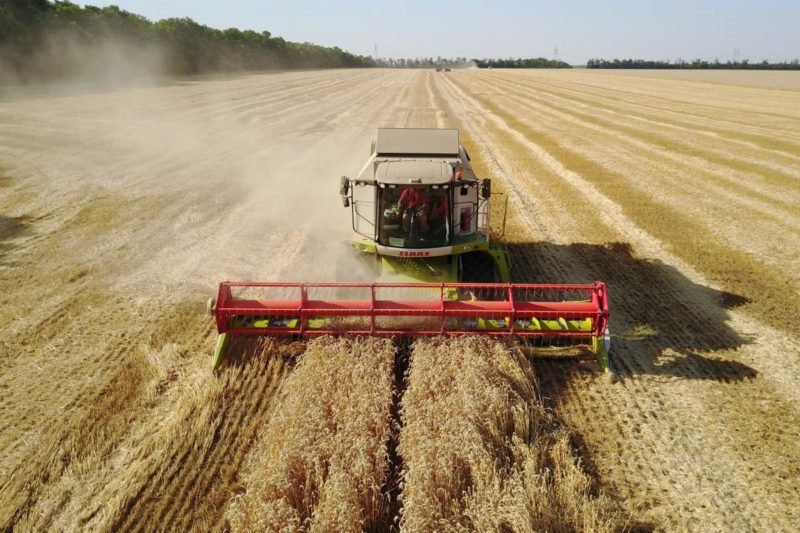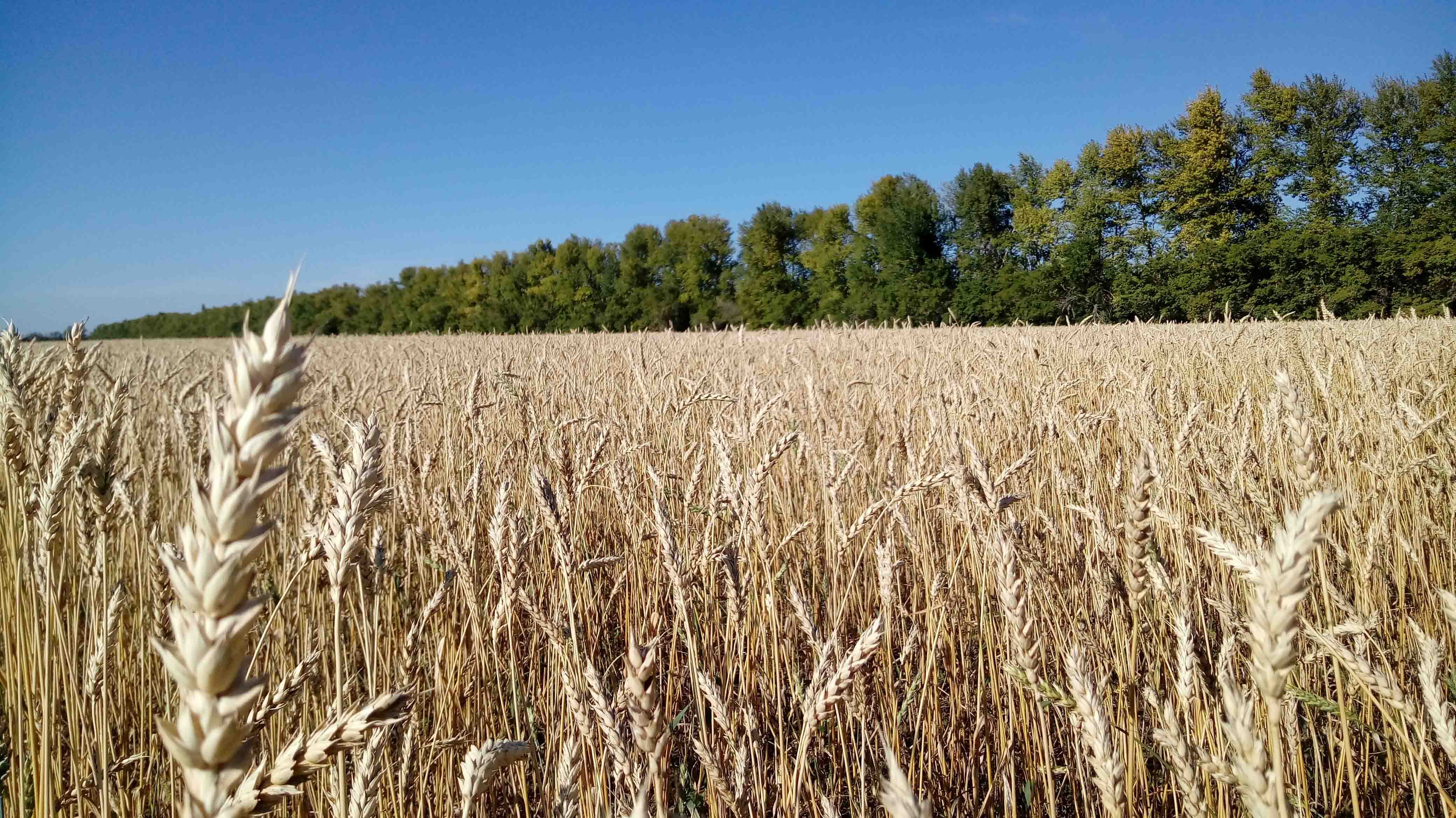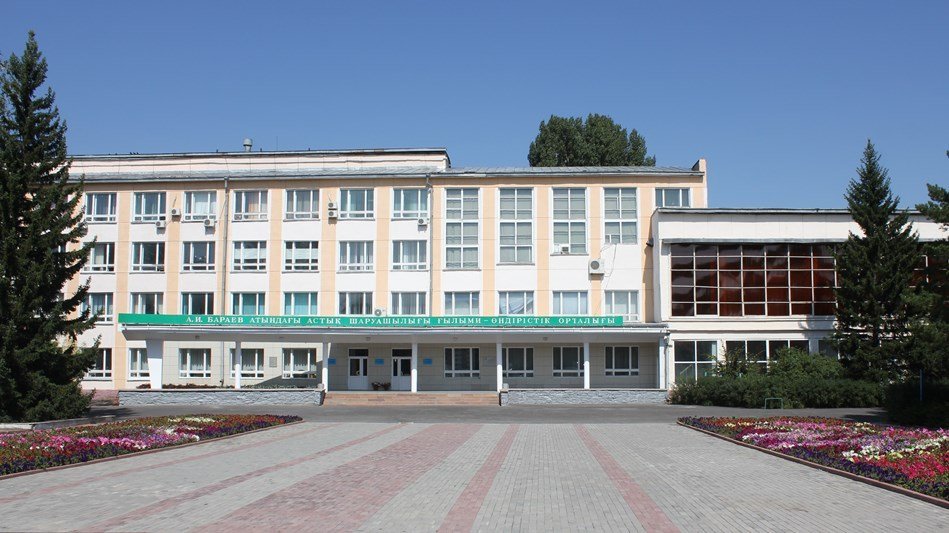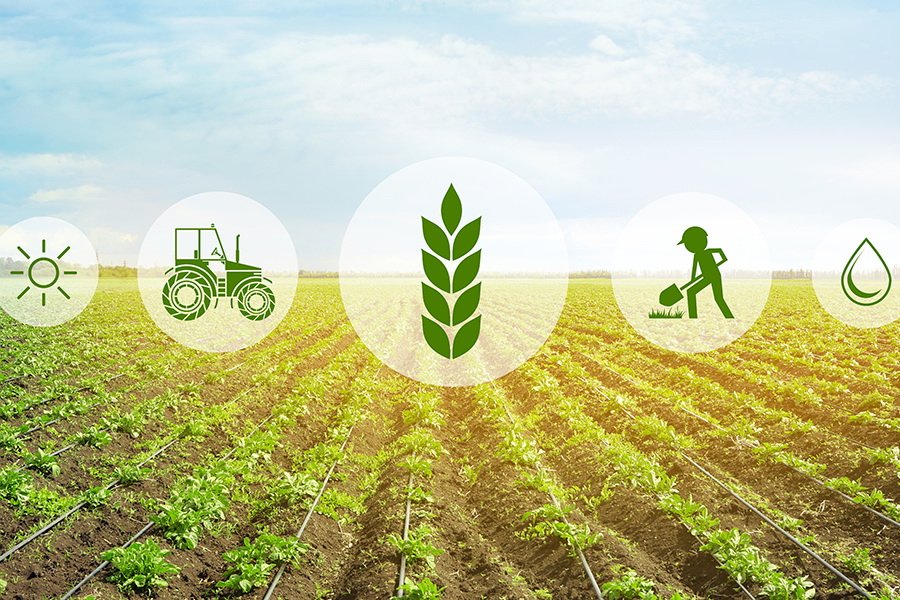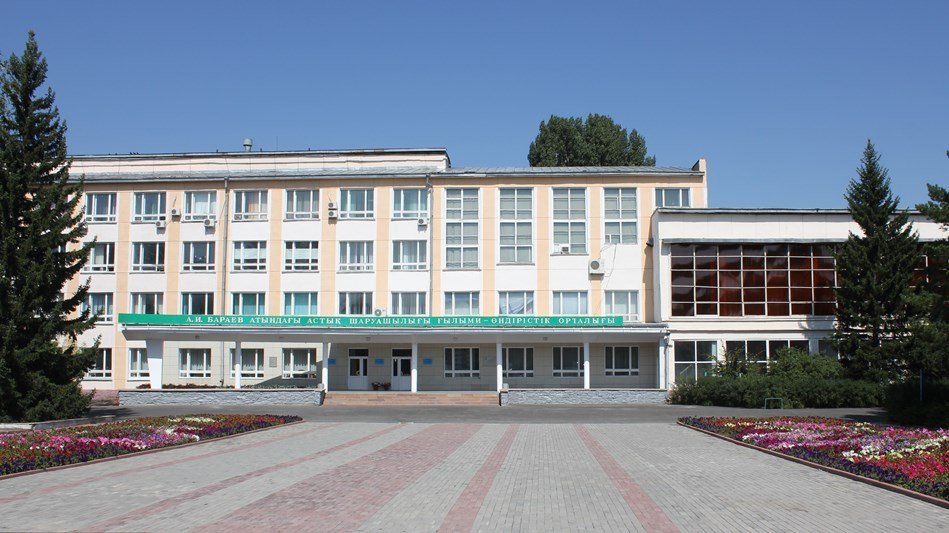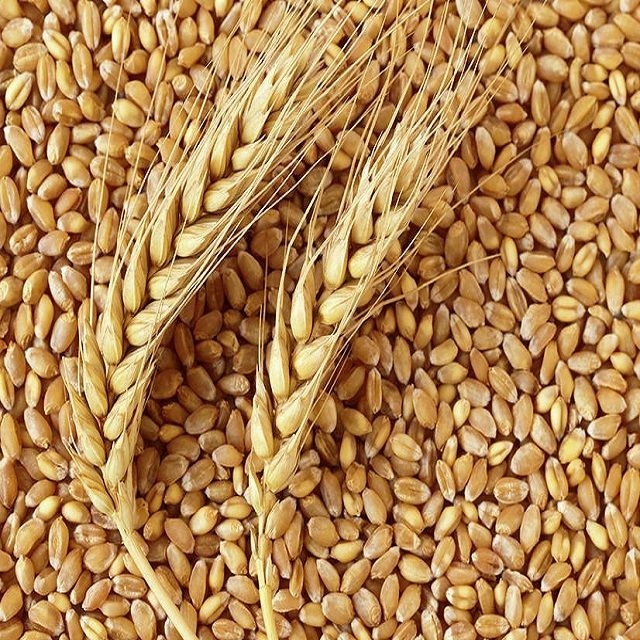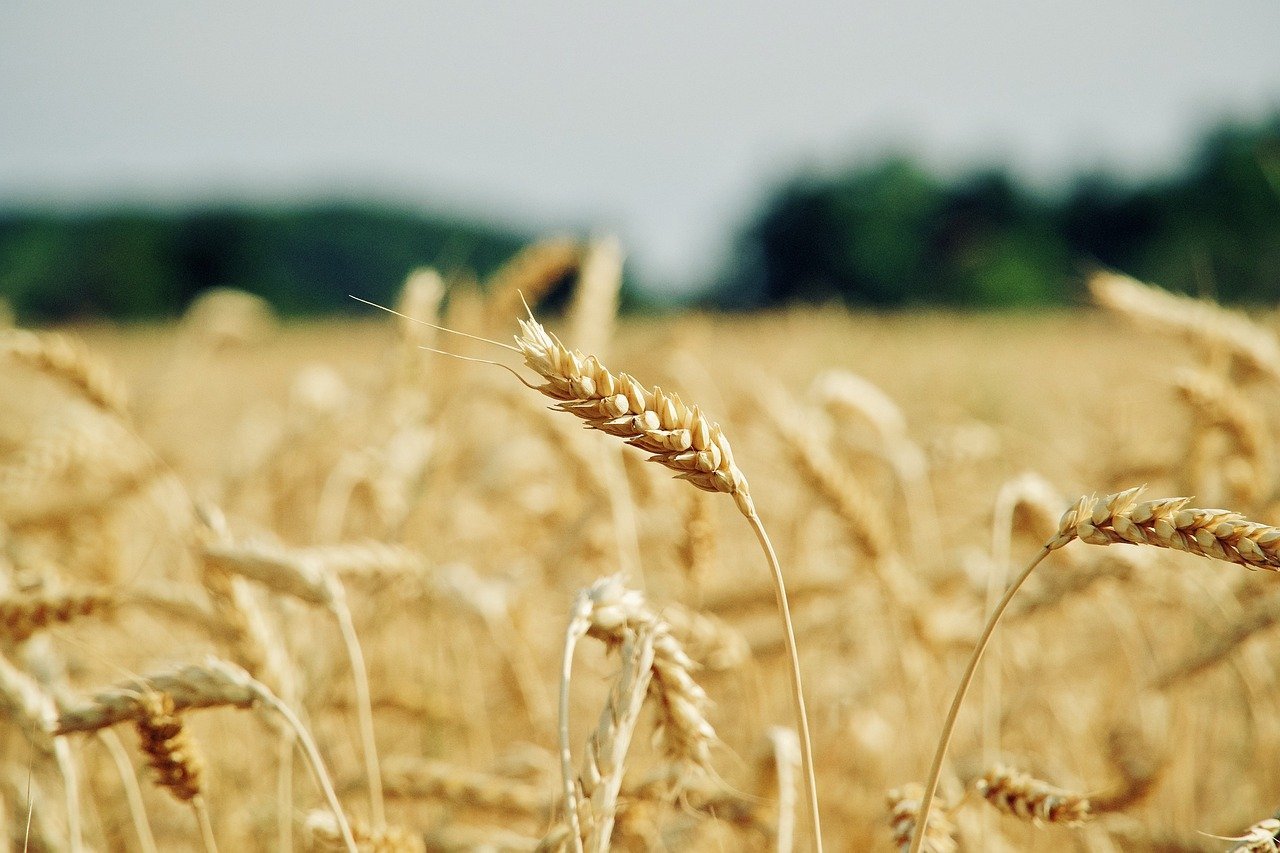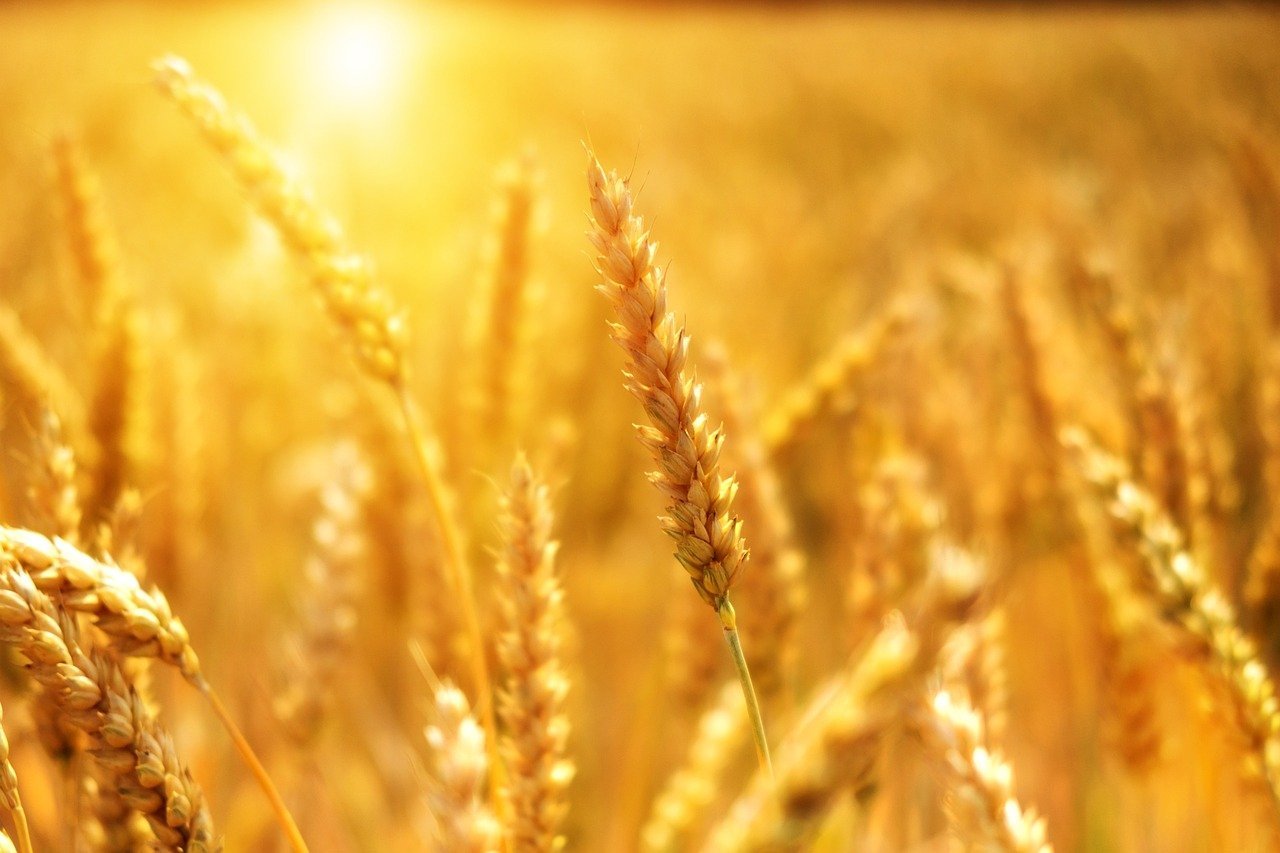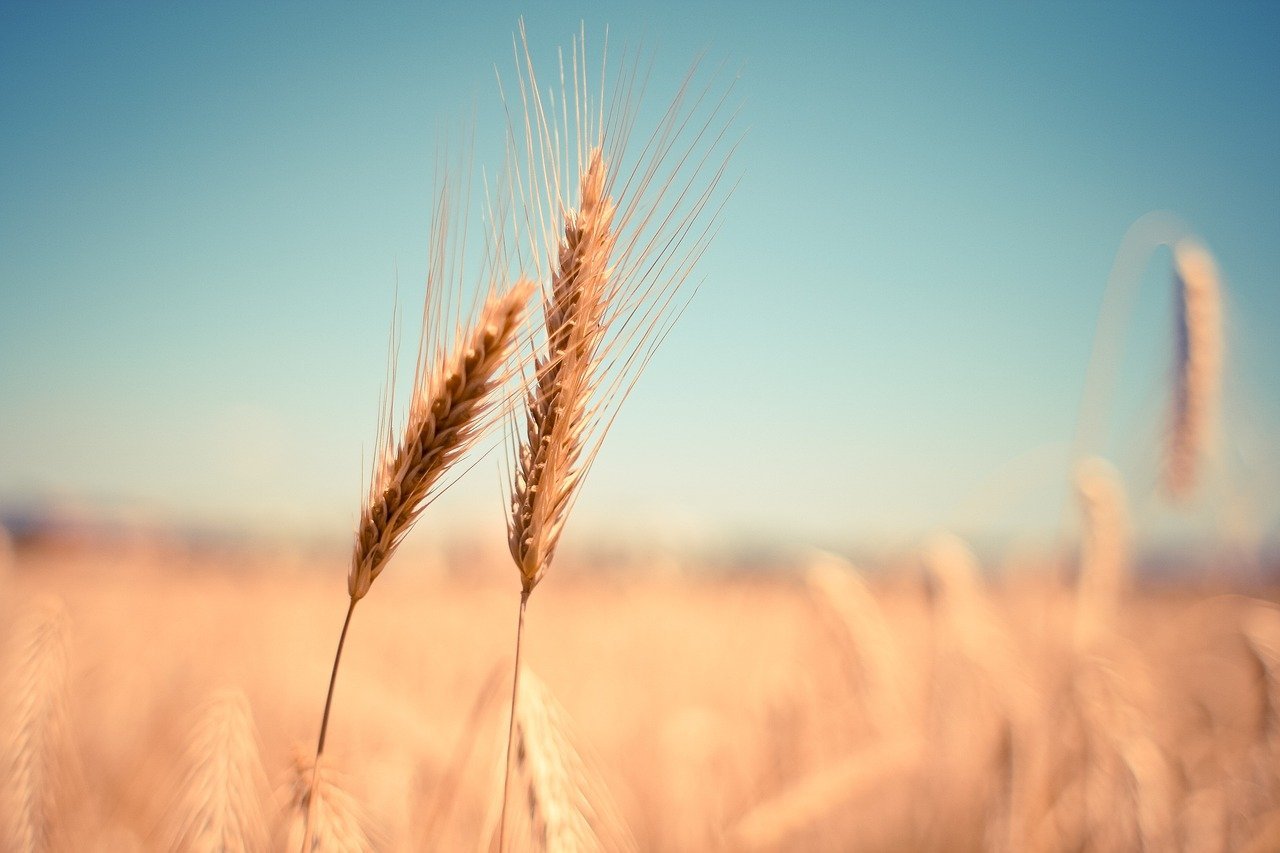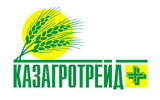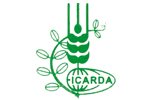Results of the research and technical program for 2024
Projects

Name of the researchand technical program:BR24892821 «Breeding and primary seed production of grain crops to increase potential of productivity, quality, stress resistance in various soil-climatic zones of Kazakhstan»
Relevance:
The developed program is aimed at breeding varieties of grain crops that will be competitive in accordance with the key strategic objectives of the country. These objectives include ensuring food security, supporting livestock and processing industries, as well as export orientation. To achieve this goal, comprehensive, interdisciplinary scientific research will be conducted, involving breeders, phytopathologists, agronomists, biochemists, geneticists, and using modern methods and approaches. The results obtained will also be disseminated and implemented in order to increase their social and practical significance in the field of agricultural science.
There is a solid base for development: a Consortium has been created that unites breeders, geneticists, phytopathologists and other specialists from 13 participating teams representing the field of agricultural sciences, the academic community and the university environment, as well as foreign consultants. Collections of grain crops were formed, discussions of challenges were held and the main directions of breeding and promising models of varieties were identified. Important experience has been gained in breeding, seed production, phytopathological, biochemical and molecular genetic work.
For the first time in Kazakhstan, five new technologies in the field of breeding and seed production will be applied: acceleration of breeding by obtaining two harvests per year using the winter season in Saudi Arabia; genomic breeding of spring soft wheat in cooperation with the Technical University named after King Abdullah in Jeddah (Saudi Arabia); study of grain bluegrass and perennial wheat as parent forms for breeding spring and winter wheat; a large-scale study of a diverse collection of winter wheat in several ecological points of northern Kazakhstan and the use of artificial intelligence to characterize varieties and select varietal agricultural equipment. The achievement of the Program’s goals and objectives will make it possible to create competitive varieties of grain crops, taking into account appropriate natural and climatic conditions, including using developed variety models, modern methods of molecular breeding, and biotechnology.
The goal: increasing the potential of productivity, grain quality, resistance to abiotic and biotic environmental factors of grain crops through the creation of new varieties and hybrids based on the achievements of classical plant breeding and biotechnology for various soil and climatic zones of Kazakhstan and the organization of their primary seed production.
Expected results:
According to the results of the Program, the efficiency of breeding using modern biotechnological and physiological-biochemical methods will be increased and new highly productive varieties of grain crops will be introduced into production. To do this, 94,100 breeding numbers of cereals will be studied according to the full scheme of the breeding process, annually, including winter wheat and triticale — 32,400, spring durum wheat — 18,700, spring soft wheat — 35,000, barley — 22,100, oats — 5,000, rice — 3,400, corn and sorghum — 1050).
The following types of work will be carried out:
— intraspecific, interspecific and intergenerational hybridization was carried out using wild relatives, genetic material resistant to major crop diseases, synthetic wheat lines, high-quality grain donors in the amount of 4,950 combinations of crosses (1,650 annually) and targeted hybrid populations of cereals were obtained;
— a comprehensive assessment was carried out on the technological, biochemical and immunological parameters of promising grain lines — 12,000 samples (4,000 annually);
— phenotyping of the development of grain crops in the CVT nursery using remote monitoring was carried out;
— the influence of agrotechnical elements on the yield and quality of 10 new varieties of grain crops has been studied;
— identification and selection of carriers of valuable genes of resistance to major wheat diseases in senior breeding nurseries using DNA markers was carried out;
— 900-1000 tons of high-quality, original and elite seeds of varieties and promising grain lines will be produced annually and biochemical control of varietal uniformity and typicity in nurseries will be carried out.
Based on the breeding results 34 new varieties of grain crops will be created and transferred to the State Agricultural Committee.
Northern and Western regions:
— 1 variety of spring soft wheat of the steppe ecotype; 1 variety of durum wheat; 1 variety of barley and 1 variety of oats with a yield in production conditions higher than the zoned varieties by 10%, 1 variety of sorghum for the Northern regions of Kazakhstan;
— 3 varieties of spring soft wheat; 1 variety of winter soft wheat; 1 variety of durum wheat with a yield potential in production conditions of at least 35 c/ha and 1 variety of spring barley for the Northern regions of Kazakhstan;
— 1 variety of spring soft wheat and 1 variety of spring barley for feed use with an excess yield of 2.5-3 c/ha of zoned varieties, with a potential yield of at least 45-50 c/ha, with a protein content of barley varieties of at least 15-16% for Karaganda region;
— 1 variety of spring soft wheat for the North Kazakhstan region and 1 variety of spring soft wheat with a potential yield of at least 22-35 c/ha with grain quality of especially valuable or strong wheat for Pavlodar region.
— 1 variety of spring wheat with a potential yield exceeding the standard by 10% for the western region of Kazakhstan.
Southern and Eastern regions:
For the South and South-East, 2 varieties of winter soft wheat will be created: rain-fed (strong) and irrigated (valuable), 1 variety of winter durum wheat (with high yield, pasta qualities, resistant to drought and diseases (yield 42 c/ha, crude gluten content 33,2%), 1 high-yielding variety winter triticale with a starch content of 65-68%; 1 grade of optional soft wheat with a yield of 47-50 c/ha for winter sowing and 27-30 c/ha for spring sowing; 1 variety of barley of the brewing direction with a yield of 45.0-50.0 c/ha, with a protein content in grain not exceeding 11,5%, 1 variety of spring barley of the food direction and 1 variety of winter barley of the feed direction with a yield within 30.0-35.0 c/ha, with a protein content in grain of more than 14%; 1 variety of spring huskless food grade oats with yields above 40.0 c/ha, 1 ultra-ripe hybrid of corn for the northern regions of Kazakhstan; 1 highly heterozygous hybrid of corn for the southern and southeastern regions, combining resistance to root and stem lodging; 1 variety of grain sorghum with a high protein content in the grain — more than 10% and 1 grade of sugar sorghum with a sugar content of 20-22 in the juice of the stems %;
— 1 variety of spring soft wheat of intensive type, with a potential productivity of 35-50 c/ha, short-stemmed, with a high gluten content, intended for cultivation in Eastern Kazakhstan;
— 2 varieties of rice with a growing season of 105-110 days, a genetic productivity potential of 10-12 t/ha, a grain yield of 62-64%, an amylose content of 21-24%; an abiotic resistance index of 0.40-0.45, surpassing the best domestic and foreign analogues for cultivation in Kyzylorda region;
— 2 salt-resistant (7-8 points) barley varieties, with high technological qualities of grain (protein — 14-16%, extractivity-68-70%), resistant to smut species and root rot, with high adaptive potential for Kyzylorda region.
According to the results of the program, 20 scientific articles will be published in journals recommended by the CQAEA, as well as at least 9 articles in peer-reviewed scientific publications included in the quartiles (Q1, Q2, Q3, Q4) of the Web of Science database or having a CiteScore percentile in the Scopus database of at least 35; 1 catalog of grain varieties and 3 recommendations for the cultivation of cereals and forage crops.34 applications for patents of the Republic of Kazakhstan for breeding achievements will be submitted — varieties and hybrids of grain crops, of which: 16 (spring, winter; soft, hard) wheat, 1 triticale, 8 barley, 2 oats, 2 rice, 3 sorghum, 2 corn hybrids.
During the implementation of the program, qualified personnel for science and production in Kazakhstan (8 undergraduates and 4 doctoral students) will be trained. Events will be held to promote scientific achievements (11 seminars, 10 «Field Days»)
Results of research obtainedduring implementation of the programin 2024.
A new source material has been created with a complex of economically valuable features — 2912 combinations of crosses, including spring soft wheat — 970, spring durum wheat — 310, winter wheat — 612, facultative wheat — 100, barley — 411; oats — 23, triticale — 100, rice — 50, corn — 300, grain sorghum — 36 cmb. crosses.
At all stages of the breeding process, 180,487 samples were studied, including 66789 for spring soft wheat, 23566 for spring durum wheat, 34412 for winter wheat and triticale, 8580 for optional soft wheat, 37460 for barley; 5041 for oats, 1239 for corn and sorghum, rice — 3400 samples.
A comprehensive assessment of promising wheat lines (including synthetic wheat), triticale, barley, oats, rice, corn was carried out according to technological and biochemical parameters — 2454, immunological parameters — 4982 samples. The selection of breeding lines of grain crops that consistently form the quality of grain of high classes in all indicators was carried out and differentiation was carried out according to the final type of use.
Identification and selection of carriers of valuable genes of resistance to major wheat diseases in senior breeding nurseries using DNA markers — 32 varietal samples. A DNA bank of collections of soft wheat (60 varieties and lines), durum wheat (15), barley (15) was created.
Phenotyping of the development of grain crops in the CVT nursery using remote monitoring was carried out — 80 varieties and lines.
The influence of elements of agricultural technology (timing and seeding rates, fertilizer) on the yield and quality of 21 new varieties of cereals (soft wheat — 8, optional wheat — 3, hard wheat — 4, barley — 4, hybrid corn — 2) was studied.
7,480.0 tons of high–quality, original and elite seeds of varieties and promising grain lines were produced (spring wheat — 5287.2 tons, winter wheat and triticale — 171.0 tons, optional wheat — 3.2 tons, barley — 1559.9 tons, oats — 407.0 tons, corn — 1.5 tons, sorghum — 1.0 tons and rice — 50.0 t) and carried out biochemical control of varietal uniformity and typicity in nurseries (spring wheat — 5 varieties, winter wheat — 4 varieties).
According to the breeding results, 3 new varieties of spring soft wheat were created and transferred to the SCVT: Shortandinskaya 24, Nomad, Yubileinaya 70. 3 applications for patents of the Republic of Kazakhstan for breeding achievements have been submitted.
According to the data of the regional administration, varieties of spring wheat, barley and oats of the «SPC GF named after A.I. Barayev» LLP breeding were sown on an area of 3,118.0 thousand hectares, including 2,752.2 thousand hectares in Akmola region, 365.8 thousand hectares in Kostanay region; new varieties of grain crops of «Karabalyk AES» LLP — on an area of 1,541.0 thousand hectares; wheat and barley varieties of «Karaganda Agricultural Cooperative named after A.F. Khristenko» LLP breeding — on an area of 320.29 thousand hectares
. 2 articles have been published in journals recommended by CQAEA.
A qualified staff has been trained for science and production in Kazakhstan (1 first-year doctoral student).
3 acts of implementation have been issued. Took part in 2 scientific and practical conferences and 4 Field Days.
| № | Full name | Position, academic degree and title | Identifier (Scopus Author ID, Researcher ID, ORCID) |
| 1 | T.V. Savin | Program Manager — Candidate of Biological Sciences | Scopus Author ID — 57188589888 (https://www.scopus.com/authid/detail.uri?authorId=57188589888); ORCID ID https://orcid.org/0000-0002-3550-647X; Researcher ID Web of Science — AAD-6215-2020 (https://www.webofscience.com/wos/author/record/34726233) |
| 2 | A.K. Kurishbayev | Sientific consultant — Doctor of Biological Sciences, Professor | Scopus Author ID — 56593713300 https://www.scopus.com/authid/detail.uri?authorId=57195503174 Researcher ID — AAK-1818-2021 ORCID ID — https://orcid.org/0000-0002-0568-5964 https://www.webofscience.com/wos/author/record/40164956 |
| »Institute of Plant Biology and Biotechnology» RSE | |||
| 3 | E.K. Turuspekov | Head of Research, Candidate of Biological Sciences, Professor | Scopus Author ID — 57197860996 https://www.scopus.com/authid/detail.uri?authorId=57197860996 Researcher ID Web of Science — C-3458-2011 https://www.webofscience.com/wos/author/record/1523020 |
Scientific and production centreof grain farming named after A.I. Barayev» LLP | |||
| 4 | A.T. Babkenov | Head of research, head of department of Wheat Breeding — Candidate of Agricultural Sciences | Scopus Author ID — 57190402536 https://www.scopus.com/authid/detail.uri?authorId=57190402536 ORCID ID — https://orcid.org/0000-0001-9939-0966 Researcher ID Web of Science — AAR-5979-2020 |
»Kazakh Research Institute of Agriculture and Plant Growing» LLP | |||
| 5 | B. A. Ainebekova | Head of research, head of department of Wheat Breeding — Candidate of Agricultural Sciences | Scopus Author ID -57199507156 ORCID ID — 0000-0002-5628-1986 |
| »Research Institute of Biological Safety Problems» RSE | |||
| 6 | A. Maulenbay | Head of research | Scopus Author ID — 57219199798 ORCID ID — 0000-0001-9535-2997 Researcher ID Web of Science — ADU-9418-2022 |
»Kazakh Scientific Research Institute of Rice Cultivation named after I. Zhakhaev» LLP | |||
| 7 | L.A.Tokhetova | Head of research — Doctor of Agricultural Sciences | Scopus Author ID — 55601836700 ORCID ID — https://orcid.org/0000-0003-2053-6956https://www.scopus.com/authid/detail.uri?authorId=55601836700 Researcher ID Web of Science — AAC-6892-2021https://www.webofscience.com/wos/author/record/9887973 |
| »Karaganda Agricultural Experimental Station named after A.F. Khristenko» LLP | |||
| 8 | G.A.Sereda | Head of research, Candidate of Agricultural Sciences | Scopus Author ID — 57210671318 https://www.scopus.com/authid/detail.uri?authorId=57210671318https://www.webofscience.com/wos/author/record/35998663 |
| »Aktobe Agricultural Experimental Station» LLP | |||
| 9 | V.I. Tsygankov | Head of research, Candidate of Agricultural Sciences | Scopus Author ID — 35726104000 https://www.scopus.com/authid/detail.uri?authorId=35726104000https://www.webofscience.com/wos/author/record/3240678 |
| »Karabalyk agricultural experimental station» LLP | |||
| 10 | V.A.Chudinov | Head of research | Scopus Author ID — 55600618100 |
| »Pavlodar Agricultural Experimental Station» LLP | |||
| 11 | L.V. Bekenova | Head of research — research fellow of the Department of selection and primary seed production, candidate of agricultural sciences | Scopus Author ID — 58922629900 ORCID.ID — https://orcid.org/0009-0006-9363-9452 |
| »East Kazakhstan Agricultural Experimental Station» LLP | |||
| 12 | I. A. Shuller | The head of the Research Institute, the head of the department of selection of grain and leguminous crops | |
»North Kazakhstan agricultural experiment station» LLP | |||
| 13 | E.N. Fedorenko | Head of R&D | Scopus Author ID — 57972539800 ORCID ID — https://orcid.org/0000-0002-4117-5259 Researcher ID Web of Science — LQJ-7635-2024 |
»Krasnovodopad agricultural experimental station» LLP | |||
| 14 | J.S. Musabaev | Head of R&D | Scopus Author ID - ORCID ID – Researcher ID Web of Science - |
List of publications and patents published under this scientific and technical program for 2024:
Scientific articles in journals recommended by CQAEA:
1. Dashkevich S., Utebaev M., Kairzhanov E., Kradetskaya O., Chilimova I. Comparative analysis of early soft wheat varieties on grain quality // Izdenister Natigeler. — 2024. — No (3(103). — P. 222-230. https://doi.org/10.37884/3-2024/25 (In Russian)
2. Tokhetova L.A., Shermagambetov K., Baimbetova G.Z., Zhalbyrov A.E., Nurgaliyev N.Sh., Sultan N.Zh. Analysis of inheritance and heritability of economically valuable traits in hybrid barley populations // Bulletin of the Korkyt Ata Kyzylorda University. — 2024. — No3 (70). — R. 6–18. DOI: 10.52081/bkaku.2024.v70.i3.169 (In English)




